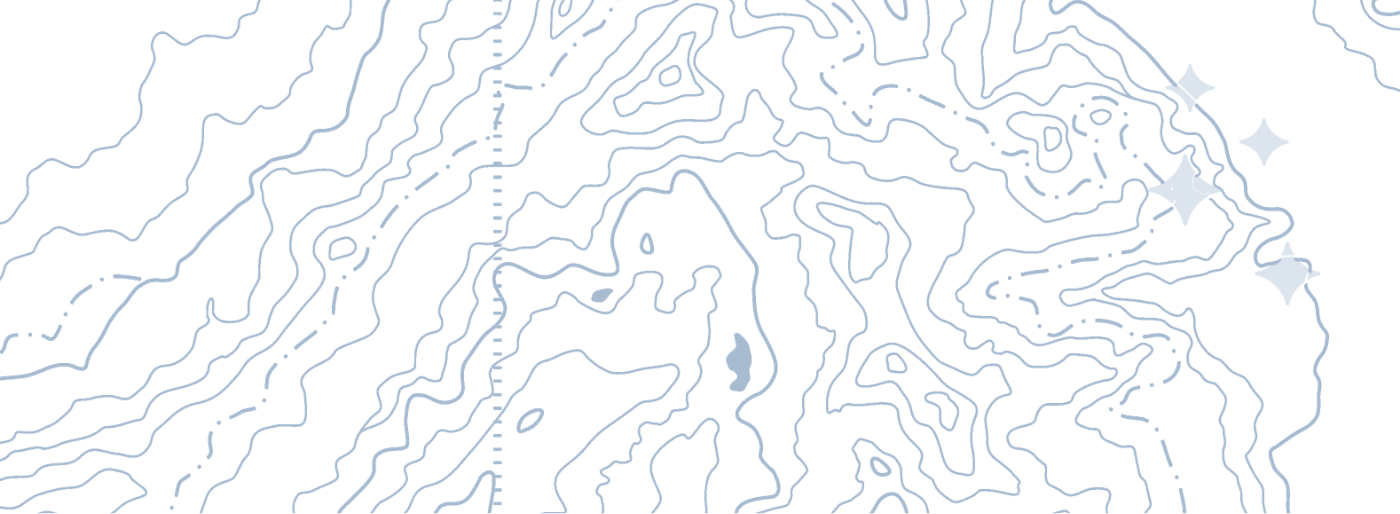A Whale of a Tail!

There are few animals in the wild as thrilling to see as a whale. Here in Washington state, we are fortunate enough to be on the migration route for several species of whale as they travel from Alaska to warmer southern waters to breed, then back again to Alaska to feed on the colder ocean’s bounty.
The most common whale sightings are of Orca and Gray whales, some of whom find the Puget Sound and the Salish Sea such a beautiful area that they decide to stick around all year. That means you may be able to spot a whale outside of the typical migration, so it’s good to always keep a “weather-eye” on the water.

Orca Whales
The population of Orca whales has been growing at an incredible rate – at least 80 calves born in the last 7 years! Orcas eat other mammals, such as harbor seals, California and Steller sea lions, and harbor porpoise, as well as all five types of salmon. The waters of the Puget Sound, especially around Whidbey and Fidalgo islands, and near Everett and Edmonds, are teeming with these food sources.
Everything But an i-Pod
In the 1970’s scientists began a comprehensive study of the Orca Whales that frequent the Pacific Coast. Dr. Michael Bigg recognized that each Orca whale has a unique saddle patch and dorsal fin shapes, along with nicks, scars and scratches. He was able to identify individuals and study travel patterns and realized that there are two distinct groups – Resident and Transient (also called Bigg’s.) Resident’s remain in the region most of the year, while Transient/Bigg’s are known to travel south from Alaska to Northern California (November to January) and back to Alaska (March through April) each year.
Orca whales typically travel in small groups of of 3-7 animals which are usually a tight-knit family group. Several of these family groups join together and form “pods” – presently the Resident Orca pods have been named J, K and L pods, and the local whale tour companies are usually able to identify them.

Gray Whales
Gray whales are bottom feeders – they scoop up a mouthful of the sand, and strain the contents to eat ghost shrimp that live on the sandy sea floor. There are few places in the world that this phenomenon can be observed, but one of those lucky locations is near Everett and the southern part of Whidbey Island, where the waters are calm and shallow. You might be able to see the feeding pit left behind at low tide after a busy feeding day.
Are We There Yet?
Whale migration must be like a road trip with no end in sight. A Gray whale was tracked traveling nearly 14,000 miles from Kamchatka Peninsula in Russia to Baja, Mexico, in 172 days! And that is just one direction! After giving birth in the warm waters, they turn around an head back north.
Pack Your Binoculars
If you’ve never seen a whale in the wild before, there are a few tricks to spotting them:
Look for groups of boats – you may see the tour boats gathered around whales. They will be moving along slowly, following whales, and jockeying for position.
Watch (and listen) for “blows” – when whales surface they spray plumes of water into the air, which can look like a puff of smoke. If you think you see one, keep watching the area, it may be a few minutes before the whale surfaces again. If the day is calm, you might hear the blow before you see it!
Look for Logs – sometimes a whale rolling over the waves can look like a log. But if it disappears, and then reappears, it could be a whale.
Best Places to Spot Whales from Land
Washington Park, Fidalgo Island (Anacortes)
May-September: Orcas and Humpback whales
April-June: Gray whales
Summer: Minke whales
Tip: Best viewing is from a scenic overlook, or from a trail that begins at Skyline beach.
Deception Pass State Park-West Beach (Whidbey Island)
April-September: Orca, Gray, Humpback and Minke
Tip: Two trails offer great viewing possibilities – West Beach Trail and North Beach Trail.
Coupeville (Whidbey Island)
Spring: Gray whales
Langley (Whidbey Island)
March & April: Gray Whales; Fall: Southern Resident Orcas (Transient Orcas and Humpback Whales may be seen throughout the year)
Tip: Best place to spot is on Main street, at the overlook, and at Whale Bell park.
Bush Point, Whidbey Island
Winter: Resident Orcas
Fort Casey State Park (Whidbey Island)
Expansive views of the Admiralty Inlet and the Strait of Juan de Fuca offer view of whales throughout the year.
Jetty Island (Everett)
Spring: Gray Whales; Fall: Orcas
Tip: Whales will be seen looking west from the island.
Stamm Overlook Park (Edmonds)
Winter: Orcas
Marina Beach Park (Edmonds)
Winter: Orcas
San Juan Island, Lime Kiln Park
Summer: Orcas
Resources:
For up-to-the-moment spotting reports, follow the Orca Network Facebook page.







